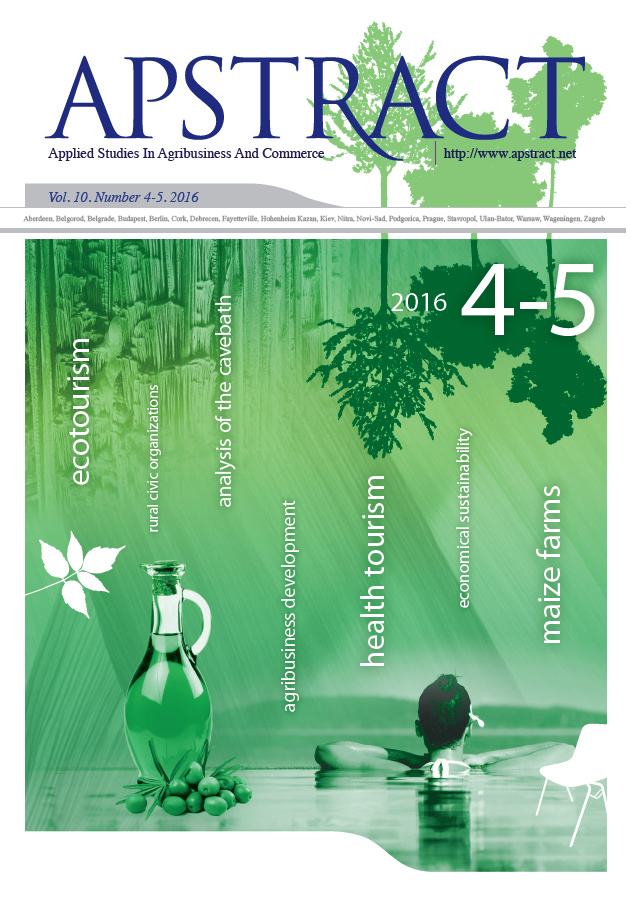Food security assessment and consumption pattern in rural households in Ogun State, Nigeria
Authors
View
Keywords
How To Cite
Abstract
The problem of nutrition security is getting worse in Africa, due to increasing population growth and poor progress in efforts directed at reducing food insecurity in many countries in the continent. The paper undertook an assessment of the food security situation and food consumption pattern in rural households in Ogun state, Nigeria. A multistage sampling technique was used to select 260 rural households from whom data were collected through structured questionnaire. The tools of analysis were descriptive statistics and food security index. The former described the consumption pattern, and households’ sources of food availability, while the latter was used to analyse the food security situation. The result of the rural households’ consumption pattern reveals that the rural households derived more of their energy from carbohydrates at the expense of other classes of food items. The result also shows that majority (75.5%) obtained their food through their own production and supplemented same with food purchased from the market to meet up with their family needs. Based on the recommended daily calorie intake (R) of 2,470 kcal, 59.6% of the rural households were food insecure while 40.4% were food secure. The calculated head count ratio (H) for the food insecure households was 0.6, confirming that almost 60% of households in the study area were food insecure. For secure households, the head count ratio (H) was 0.4, further confirming that only about 40% of households in the study area were food secure. The shortfall index and surplus index were 0.2787 and 0.3498 respectively, meaning that the energy requirement was less by about 27 percent and in excess of 34 percent for the food insecure and food secure households. The paper recommends that while enhancing production of arable crops - roots, tubers and cereals, a sensible balance of tilting towards meeting the requirements in the consumption of animal protein/legume, fats/oils, fruits and vegetables must be maintained to ensure food security. This policy thrust could be enhanced through mass education.
JEL code: R20


 https://doi.org/10.19041/APSTRACT/2016/4-5/2
https://doi.org/10.19041/APSTRACT/2016/4-5/2




